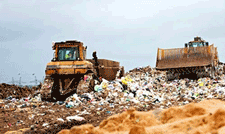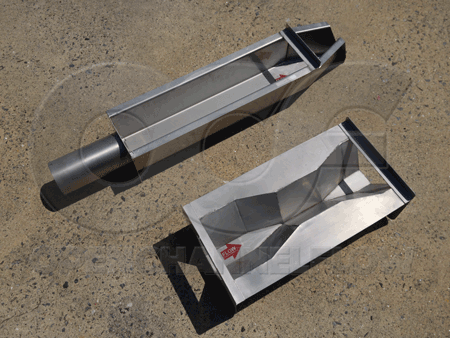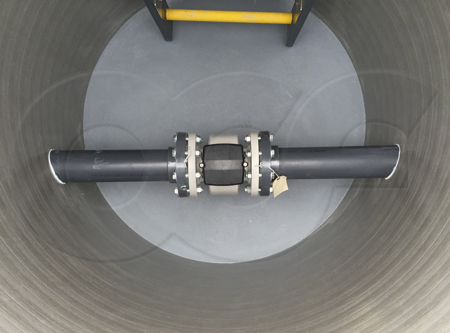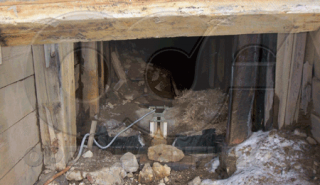 Let’s not kid ourselves – landfill leachate is some nasty stuff. If it has gone into the landfill, there is the likelihood that it has concentrated in the landfill. This environment can make it exceedingly challenging for primary devices (flumes, weirs, and other meters) to measure the flow of leachate.
Let’s not kid ourselves – landfill leachate is some nasty stuff. If it has gone into the landfill, there is the likelihood that it has concentrated in the landfill. This environment can make it exceedingly challenging for primary devices (flumes, weirs, and other meters) to measure the flow of leachate.
In a mixed used landfill (one receiving a mixture of industrial, commercial, and consumer wastes) the leachate can vary widely in composition, but is usually composed of:
- Inorganic components (ammonia, chlorides, iron, sulfides, zinc)
- Heavy metals (copper, lead, mercury)
- Organic compounds (dioxins, PCBs)
- Dissolved organic matter (acids, alcohols, aldehydes, sugars)
As water perception enters the landfill waste and combines with water released from decomposition, these components mix with what will become leachate. Further, materials not prone to decomposition can also become suspended as the leachate passes through the waste. The resultant leachate leaving the landfill is strongly odorous and acidic.
The extremely aggressive nature of leachate requires the primary devices used to measure it are made from highly corrosion resistant materials – typically vinyl esters (for fiberglass), T-316 stainless steel, PTFE, or similar.
Flumes (commonly Trapezoidal and HS / H type) have successfully utilized vinyl ester and stainless steel construction, while magnetic flow meters have used PTFE liners.

Where open channel conditions are present, two flume types are primarily used: the Trapezoidal and HS / H flumes. These flumes provide good accuracy and are able to measure low / variable flow rates.
It is uncommon for Parshall, Montana (short Parshall), or Cutthroat flumes to be used to measure leachate. The flows from a landfill are usually quite low and while these flumes provide generally good minimum flow rates, the resolution (change in head for a given change in flow) of the Trapezoidal and HS / H flumes is greater – making them more suited for the flow experienced in landfill applications.
Weirs are very rarely seen in leachate applications. Their need for a properly formed weir pool, head loss, and relatively high (in comparison to Trapezoidal and HS / H flumes) minimum flow rates generally rule them out of consideration. This is not to say that weirs cannot be used to monitor leachate (as they can be fabricated from the same materials as other successful primary devices), simply that the conditions for their use are not commonly experienced.

Finally, where the resistance to corrosion is greatest, fiberglass manholes incorporating flumes and magnetic flow meters are commonly used. Here the advantages inherent to a packaged metering manhole - namely the ability to incorporate a device directly into the manhole, its watertight nature, and corrosion resistance - are all highly valued.
Image: EPA Victoria





